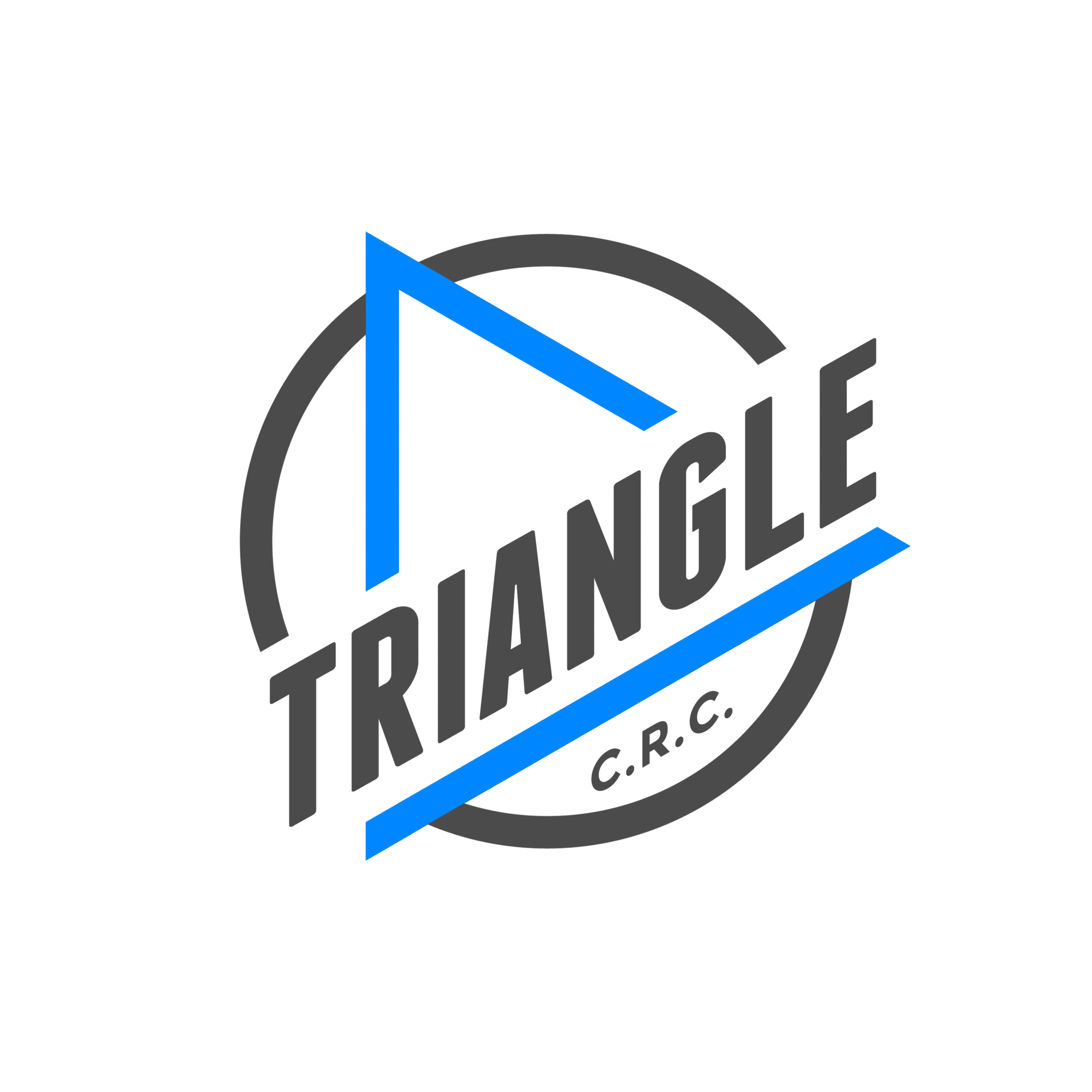The Fix That Can't Be Found Online
With information readily available after a few taps on a screen or clicks of a mouse, it's easy to get caught up in searching for the answers all the time. I get that - I like to know why something happened or is happening. But sometimes the answer can't be found with a search engine, and needs to be addressed in person.A lot of people send me messages asking for a digital diagnosis. I'm happy to provide information when I can, but I can't fix people through the phone or internet. One thing that technology can't do yet is determine how well you move. Even FaceTime or Google Hangouts can't give me as much information as my own two hands and eyes."What should I do for my low back?""How can I fix my knee pain?""What exercises should I be doing after I have a baby?""Why are my shoulders so tight all the time?"The answers to these questions are usually pretty simple, but they require a face-to-face in-person evaluation. And while the above issues benefit from self-care, they also usually improve faster with skilled hands-on therapies. And all of the self-care in the world is pointless if you aren't sure when, where, and how to apply it. Are your shoulders tight because you're chest breathing, you clench your jaw, your thoracic spine is immobile, or as a result of faulty scapular stability? I can't tell you that until I evaluate you, so I can't point you in the direction of which exercises to do until I can tell what the cause of your symptoms are. And incidentally, you'll probably feel better after some skilled manual therapy is applied to the areas that aren't functioning well, and you'll learn which exercises or activities you SHOULD be doing as well as which ones to completely avoid.Use your technology wisely: go schedule an appointment online and leave WebMD and Dr. Google behind until you develop a weird rash. (I'm kidding, you should go see a dermatologist if you develop a weird rash.;-) )

